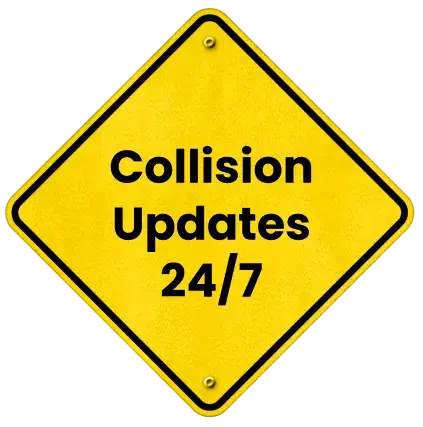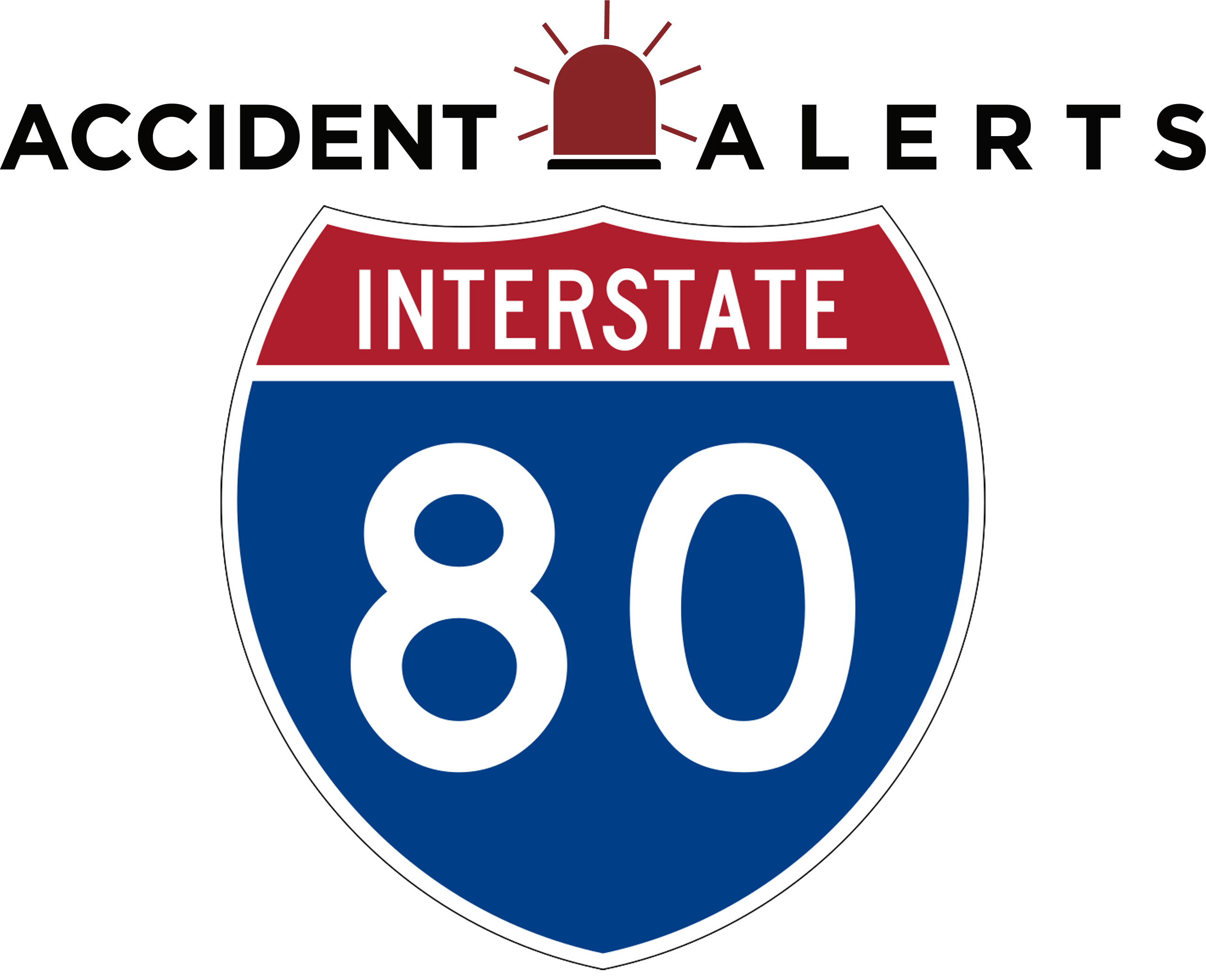
The Most Dangerous Stretches of I-80 (and Why Crashes Happen There)


Drivers who rely on Interstate 80 know it’s one of America’s most vital cross-country routes, stretching from California to New Jersey. But along with its importance comes risk: certain I-80 accident hotspots stand out as some of the most hazardous places to drive. From steep mountain passes to congested urban interchanges, the interstate presents unique challenges that can catch even experienced drivers off guard.
This article explores the I-80 dangerous stretches where crashes occur most often, why these sections are so risky, and what steps drivers can take to stay safe while crossing this vital transportation corridor.
Key Crash-Hot Segments along I-80 & Risk Factors
Interstate 80 cuts across some of the most challenging driving conditions in the country, and there are certain stretches that demand extra caution. In California, Donner Pass in the Sierra Nevada is especially hazardous with its steep grades, tight curves, and intense winter storms.
Over in Nevada, both Emigrant and Pequop Passes can be tricky with sudden elevation changes and icy conditions, much like Utah’s Parleys Canyon. Wyoming’s Elk Mountain is infamous for powerful winds that can knock over even large trucks, while drivers in Nebraska, Iowa, and Ohio often battle heavy snow and whiteout conditions.
Heading east, traffic congestion makes the Chicago-area Borman Expressway and New Jersey’s busy suburban interchanges frequent spots for crashes.
Prevention Tips & Best Practices
Making I-80 safer requires a combined approach of better infrastructure, stronger enforcement, and safer driving habits. Engineering upgrades such as truck pull-out areas, clearer signage, high-friction pavement, guardrails, and lighting can reduce crash risks, especially in mountainous or high-risk zones. Law enforcement plays a key role by monitoring speed, fatigue, and truck weight, while policies encouraging advanced safety technologies further improve compliance. At the same time, driver education campaigns on mountain driving, weather awareness, and sharing the road with trucks promote safer behavior. By integrating these three pillars, engineering, enforcement, and education, I-80 can become both more efficient and significantly safer for all who travel it.
 Variable speed limits and real-time weather alerts also help drivers adjust quickly to sudden snow squalls or high winds. Routine snow plowing, de-icing, and the addition of windbreaks or snow fences make a big difference on open stretches of highway. Law enforcement contributes by enforcing speed limits, requiring tire chains in winter, and cracking down on reckless driving in bad weather.
Variable speed limits and real-time weather alerts also help drivers adjust quickly to sudden snow squalls or high winds. Routine snow plowing, de-icing, and the addition of windbreaks or snow fences make a big difference on open stretches of highway. Law enforcement contributes by enforcing speed limits, requiring tire chains in winter, and cracking down on reckless driving in bad weather.
Still, drivers themselves carry much of the responsibility. Slowing down in storms, keeping extra distance between vehicles, and shifting to lower gears on steep descents all reduce the risk of accidents and brake failures.
Truck drivers in particular should carefully inspect their rigs before attempting mountain passes. And for everyone on the road, the safest choice during extreme weather or heavy traffic is often to delay travel until conditions improve.
Resources and Agencies
Drivers and safety planners have access to a variety of resources that can help decrease risks along I-80. These tools provide guidance, real-time information, and support for safer driving:
- State Departments of Transportation (DOTs): Each state from California to New Jersey offers crash data, road condition updates, and 511 traveler information systems.
- Federal Highway Administration (FHWA): Provides funding and national guidance on safety improvements, especially for mountainous terrain and winter maintenance.
- National Weather Service (NWS): Issues alerts for snow squalls, blizzards, high winds, and freezing rain that directly impact I-80 travel.
- Variable Speed Limit Programs: States like Pennsylvania use dynamic signs to slow traffic during snow squalls, reducing pileups.
- Research Institutions: Universities and transportation research centers study crash patterns and recommend new safety measures.
- Emergency and Law Enforcement Agencies: Support enforcement of speed limits, truck chain laws, and rapid response to crashes.
When put together, these resources can form a strong safety network for I-80 travelers.
Specific Interventions Already in Place
Several states along I-80 have already implemented targeted interventions to improve safety on high-risk stretches. In Pennsylvania, variable speed limit systems are used to slow drivers during snow squalls, helping reduce the likelihood of multi-vehicle pileups. Wyoming has focused on tackling its high-wind hazards by introducing stronger signage, enforcing chain laws, and increasing penalties for unsafe driving during adverse conditions.
In the Chicago area, major improvements are underway on the Borman Expressway to ease congestion and reduce weaving crashes. These efforts highlight how location-specific strategies can address unique risks and make one of America’s busiest corridors safer.
What to Do After an I-80 Accident
Being in an accident on I-80 can be a stressful and confusing experience, especially with the fast pace of traffic and changing conditions along the route. Your first concern should always be safety, if possible, pull your vehicle onto the shoulder, switch on your hazard lights, and check for any injuries to yourself or others. Calling 911 right away is essential, both to report the crash and to get medical help if it’s needed.
When the accident is relatively minor and it’s safe to remain at the scene, take time to exchange information with the other driver, including names, contact details, insurance information, and license plate numbers. It’s also wise to document the scene by taking photos of the vehicles, the roadway, and any injuries that may be visible.
By all means, don’t admit fault at the moment, since determining responsibility on such a busy interstate can be complicated by factors like weather or multiple vehicles being involved.
After leaving the scene, make sure to get a medical evaluation as soon as possible, even injuries that feel minor at first can become more serious over time.
Once you’re safe and have received care, contacting a personal injury lawyer can help you understand your rights, deal with insurance companies, and work toward securing compensation for the damages you’ve suffered.
The Importance of Contacting an I-80 Car Accident Lawyer
If you or someone you love has been involved in an accident on Interstate 80, bear in mind that you don’t have to face the aftermath alone. Contacting an I-80 car accident lawyer is of utmost importance. Our attorneys can help you gather evidence, deal with insurance companies, and fight for fair compensation.
